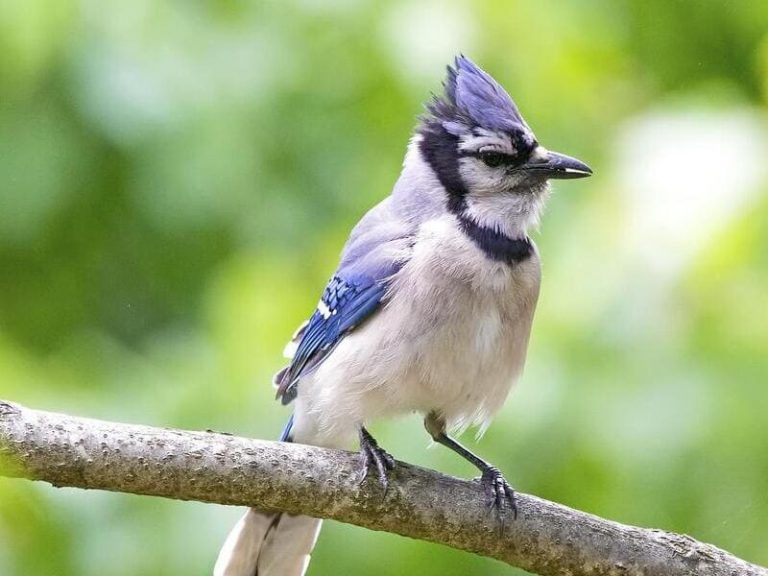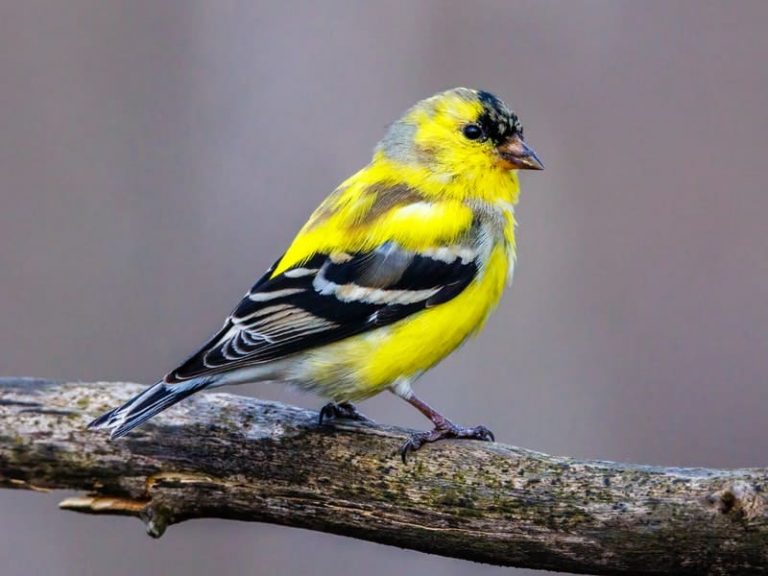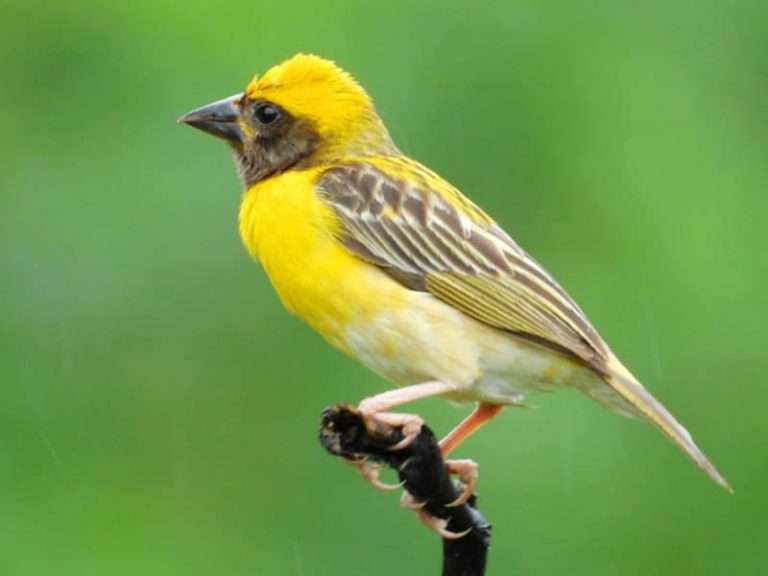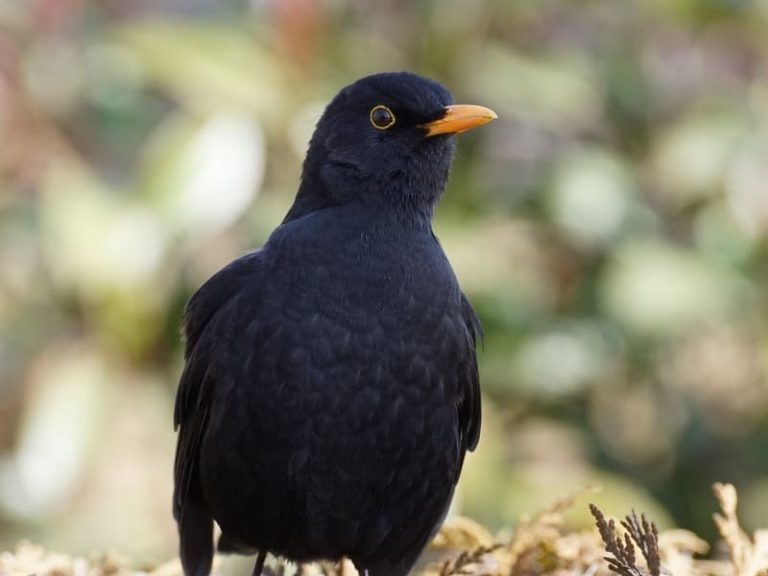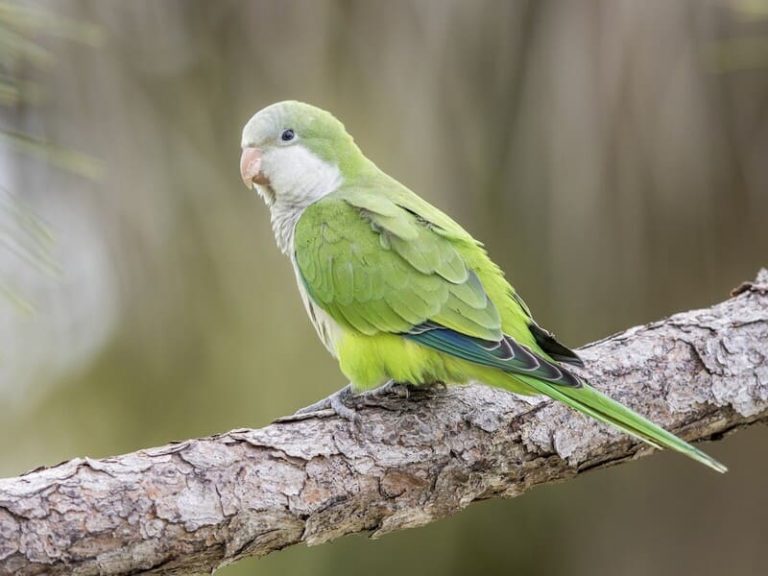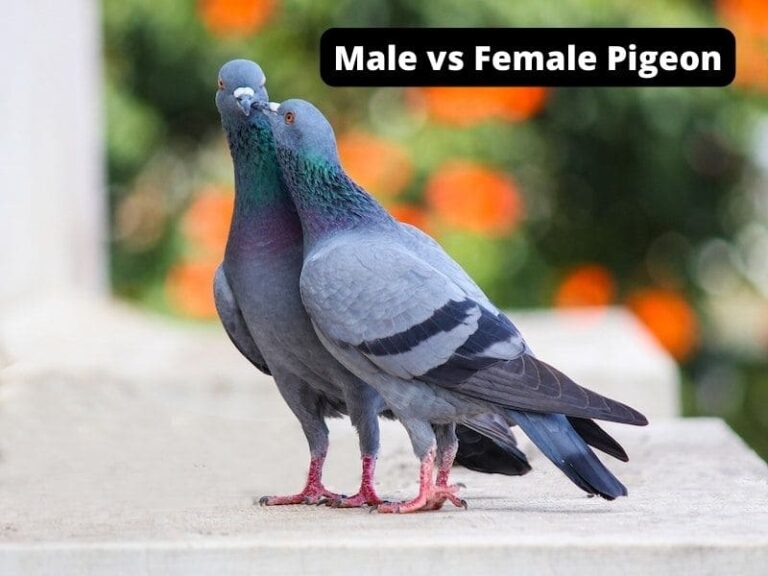Female House Finch vs House Sparrow

With the explosion of backyard birdwatching and the emergence of vibrant new species, knowing how to identify birds has become an important endeavor for many passionate observers.
Two species often seen in any garden are the Female House Finch and House Sparrow.
Understanding their differences offers insight into the wonderful world of avian diversity that can be found all around us, easily enjoyed with a pair of binoculars or just sitting on a comfortable chair in your own yard.
These lovely little birds are members of the Passeridae family and have been known to visit gardens, yards, and parks all over the world.
In contrast to their close cousins, house sparrows and female house finches boast unique physical characteristics that allow them to be easily identified in the wild. Let’s discuss female house finch and sparrow in detail now.
Are House Finches related to sparrows?


House Finches and sparrows may look quite similar, but they are not related. House Finches can be identified by their raspberry red feathers and are native to North America, while sparrows tend to have patterned brown feathers and vary depending on the species from all corners of the globe.
Although these two birds have a few similarities appearance-wise, such as their size and rounded shape, they belong to very different families that are based mainly on what continent they typically inhabit.
The House Finch belongs to the Fringillidae family, while many species of sparrows belong to the Passeridae family.
Although both belong to the family Fringillidae, House Finches are not closely related to sparrows.
Their main distinguishing feature from sparrows is their largely conical bills and a preference for spending their time in trees and on elevated perches in open areas rather than near the ground like sparrows often do.
If you’re interested in knowing the types of birds that look like sparrows and how long does it take for sparrow eggs to hatch, then you must check out our blog in detail.
Moreover, House Finches are decorated with colorful plumage that can range anywhere from chestnut red to yellow-ochre, while sparrows usually display more greyish shades.
Interestingly, these birds were once found mainly in the Southwest US but were introduced to New York around 1940, where they have thrived ever since. Although they now occupy varied habitats across much of North America!
How can you tell a female house finch from a sparrow?


When trying to identify a female house finch and a sparrow, the differences between them become apparent.
The female house finch has a brown head and flanks, an off-white underside, and soft orange-red in her wings.
On the other hand, the female sparrow has a more grey-brown color overall, with light streaks on her back. Additionally, their beaks vary greatly in size; the female house finch has a larger beak compared to the comparatively thin one of the sparrow.
If you’re unsure if you’re seeing a female house finch or sparrow, take some time to observe them closely; not only will you discover how amazing birds of different species can be, but also that in nature, there’s never a shortage of distinct features for us to explore and appreciate.
Distribution
Female house finches can be distinguished from sparrows by their unique distribution. The house finch is considered a “backyard bird” in North America, found from southwestern Canada to central Mexico.
On the other hand, sparrow species are distributed differently around the world. In North America, some of the most common species are chipping sparrows, white-throated sparrows, and white-crowned sparrows, which prefer scrublands and forests rather than human habitations.
Though both birds embody a similar shape and coloration overall, their distinct distributions are enough to enable keen birders to distinguish one from another with ease.
Plumage
Female house finches can easily be distinguished from female sparrows by examining their plumage.
Female house finches are mostly reddish-brown with dark wings and a dark stripe through the eyes, while female sparrows tend to have grey heads, white or pale breast stripes, and black spots on the sides of their foreheads.
Additionally, house finches have much denser feathers that are blunter at the end than most sparrows, giving them a more rounded look. Not only do the two bird species differ vastly in coloring but also in size and length.
House finches measure about five inches long and weigh about 14 grams, making them relatively small compared to female sparrows which tend to be larger birds measuring upwards of seven inches long and weighing closer to 24 grams.
Other Physical Characters
Being able to correctly identify a female house finch from a sparrow can be quite tricky; however, knowing some of the physical character differences between a house finch and a sparrow can help make the identification process easier.
A female house finch has a reddish brown head, wings, and tail, with the belly being white with heavy streaking on its chest.
On the other hand, female sparrows have grey-brown back feathers, grey to dark brown wings, heads that appear short and round in shape, and bold chest cheek stripes, which differentiate them from their cousin, the house finch.
Lastly, if looking closely at their beaks, you will notice that female house finches have thick cones while sparrows possess more pointed beaks.
With these physical characteristics in mind, along with other identifiers such as habitat or region location, you should now have an easier time telling apart your feathered friends!
Behavior
Female house finches can easily be distinguished from sparrows through their behavior. While both species of birds flit around small areas with caution, a house finch will be relatively calmer and more dedicated to one spot.
Because they are seed eaters, they often venture towards houses and trees in search of food.
House finches commonly stick together in small flocks while they roam, whereas sparrows are more likely to travel alone even if they come across others of their kind.
Another difference is that when startled by a loud noise or sudden movements, a house finch will fly away in groups rather than individually, as sparrows tend to do.
With some discernment and observation, you’ll have no trouble telling the two apart!
Vocalization
It’s pretty easy to tell a female house finch from a sparrow simply by listening. House finches typically sing on average three times more than sparrows, with their songs consisting of a rapid, evenly-spaced series of notes which can sound almost flutelike.
Female house finch vocalizations are generally lower in pitch and less complex than their male counterparts.
Sparrows, on the other hand, sing longer sequences that contain two different note pattern types, phrases, and trills, often separated by pauses.
By taking note of these subtle distinctions in vocalization between house finches and sparrows, you can easily tell them apart in the wild when seeking birds for observation or identification purposes.
Female House Finch CallFemale House Finch Call
The female House Finch is a wondrous creature known for its distinct call. Usually repeated throughout the day, this loud single-note song often carries for distances as far as one thousand feet.
The call is made up of short notes and an occasional trill. This allows the female House Finch to socialize with other members of her flock.
Interestingly, studies have found that depending on the setting or environment, the call can be adapted or shortened to better suit its purpose.
For example, when making contact with a mate or a flock member in crowded conditions such as nest boxes or feeders, their vocal communication shortens drastically. This intricate adaptation showcases just how intelligent these birds can be!
House Sparrow Call
The call of a house sparrow has been described as an energetic chirp that is loud and repetitive. This sound is produced by males during the breeding season to defend their territory and attract mates.
The sound of a house sparrow’s call can be heard from far away, often causing people to peer around curiously, trying to identify where it is coming from.
While the singing of a house sparrow may seem like sweet music when heard up close, it also serves as a reminder that urban environments are breeding grounds for these birds, allowing them to take advantage of man-made resources such as well-maintained gardens and even artificial nesting sites.
In short, the repetitive chirping of a house sparrow serves as both an invitation for potential mates and a warning to other species that this territory already has an occupant; the pleasing song ringing through many of the world’s cities stands as a testament to this species’ resilience in spite of human interference.
Other Similar Birds
While house finches may be a common sight, similar birds to them can also often be seen in many different areas.
These could include species such as the purple finch and the American goldfinch, both of which have their own unique ways of telling them apart from the house finch.
The purple finch is known for its colorful plumage ranging from a deep crimson to pale pink with white undersides and dark wings, while the American Goldfinch has a bright yellow coloration along with black wings.
These two species are just some of the remarkable birds that can be spotted near homes or around other areas.
Not only this, but other birds, such as thistle and linseed finches, also exist among many others, which can bring life to your local area.
Grosbeaks
Grosbeaks and house finches are actually quite similar birds. They both have bright coloring, with beaks that can take on a variety of shades of yellow, black, and brown.
Both birds also enjoy eating seeds from diverse sources, including grasses, trees, bushes, and yards.
They can also be found together in the same regions, as they tend to thrive in similar environments like woodlands and other natural habitats.
With their strikingly beautiful plumage and loud vocalizations, both grosbeaks and house finches make a vibrant addition to any landscape!
Wrens
Wrens and house finches share some similarities, although they may appear different at first glance. Both species have conical bodies with short tails, broadbills, and prominent eyes. They can also produce some of the same songs and trills.
They are known to frequent similar habitats, including areas around buildings, gardens, farmlands, and wooded regions in North America.
Although the two species are quite similar in many aspects, one of the primary differences between wrens and house finches is their size, with wrens typically being much smaller than house finches.
Despite this difference, both birds will occasionally interbreed where their ranges overlap. These avian neighbors are sure to remain interesting companions for bird lovers!
Warblers
Warblers and house finches may seem unrelated at first glance, but they are actually very closely related to one another.
Both species belong to the same family, Fringillidae, and they share many of the same physical characteristics, such as conical beaks and short, rounded wings.
Additionally, they often inhabit similar habitats and feed on overlapping foods. While warblers tend to prefer open woodlands or scrubland near bodies of water, house finches can often be found in nearby gardens and meadows.
Thus, it’s not surprising that these birds occasionally interbreed with one another when their territories overlap. All in all, warblers and house finches have more in common than meets the eye!
Chickadees
Chickadees and house finches are two common, cheerful backyard birds that both bring beauty to a landscape.
Finches and chickadees have many things in common. For example, they prefer to build their nests close to the ground, either in shrubbery or trees. They share a similar diet with both eating seeds and insects as their main foods.
Another shared trait is each bird’s love of suet feeders; when these feeders are filled with suet or seed mixtures, hordes of chickadees and house finches often flock together at them zealously.
It’s worth keeping an eye out for these birds around your yard. They often brighten up the most dreary of days!
Final Words
The finch is a beautiful bird that can be found in many different parts of the world. The house sparrow is an invasive species that has caused problems for native birds. Female house finches are usually larger than male house sparrows.
The two birds are not closely related, but they do have some similarities. If you see a bird that you think might be a female house finch, look for these characteristics to confirm your identification.
You will also enjoy reading:

